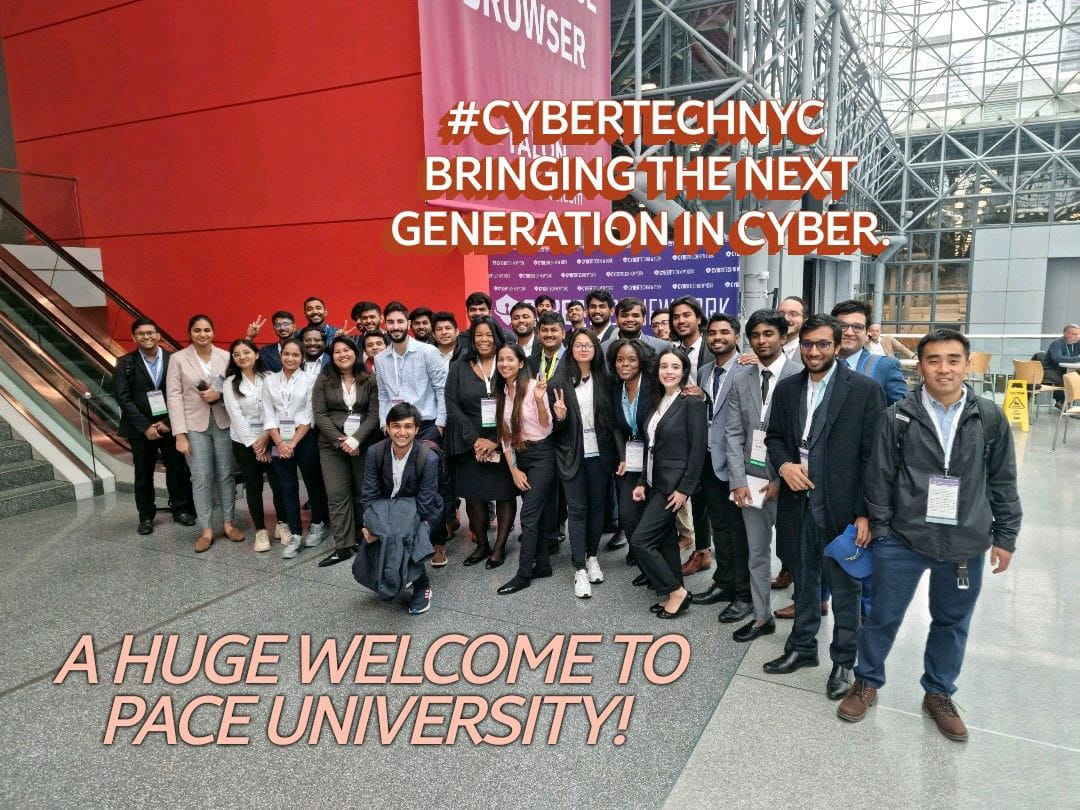Research Philosophy
In the face of rapidly evolving cybersecurity threats, preparing the future workforce to effectively respond requires innovative educational interventions within cybersecurity curricula. These interventions must integrate emerging trends in cybersecurity and related disciplines while fostering experiential learning through hands-on experimentation.
Historically, the interdisciplinary approach to cybersecurity training has included domains such as political science, law, economics, and linguistics.

While these contributions have provided foundational knowledge, they have often fallen short in offering opportunities for in-depth experimentation. By understanding how individuals fit within the broader organizational context, we can better prepare professionals to handle current and future challenges in the cybersecurity domain.
My research aims to address the organizational dynamics of the cybersecurity workforce, including an exploration of various roles, the optimization of team structures, and the alignment of individual skills with organizational needs.
My research seeks to define the scope of the cyber domain itself, identifying critical gaps in workforce development and providing actionable insights into how these gaps can be addressed.
My research seeks to explore the best pedagogical practices for cultivating resilience, adaptive problem-solving, and critical thinking—skills essential for professionals navigating a dynamic and often unpredictable cyber environment while enhancing the soft skills necessary for effective decision-making in high-stress, high-stakes situations.
Finally, this research seeks to develop comprehensive metrics for assessing and fostering the growth of future cybersecurity professionals. These metrics will not only measure technical proficiency but also evaluate critical soft skills, ethical decision-making, resilience, and adaptability. By advancing methods to assess these dimensions, this research will contribute to the creation of a more robust and dynamic cybersecurity workforce, capable of effectively navigating emerging threats and evolving challenges in the cyber domain.

